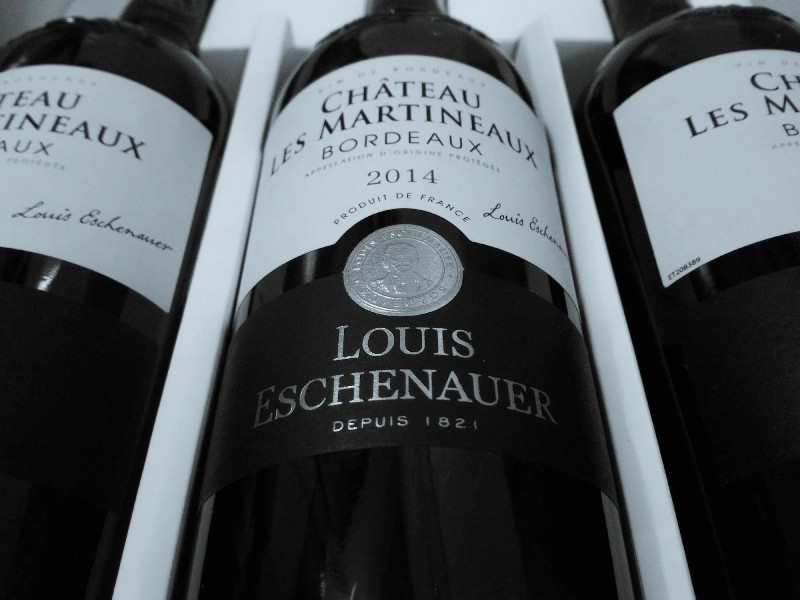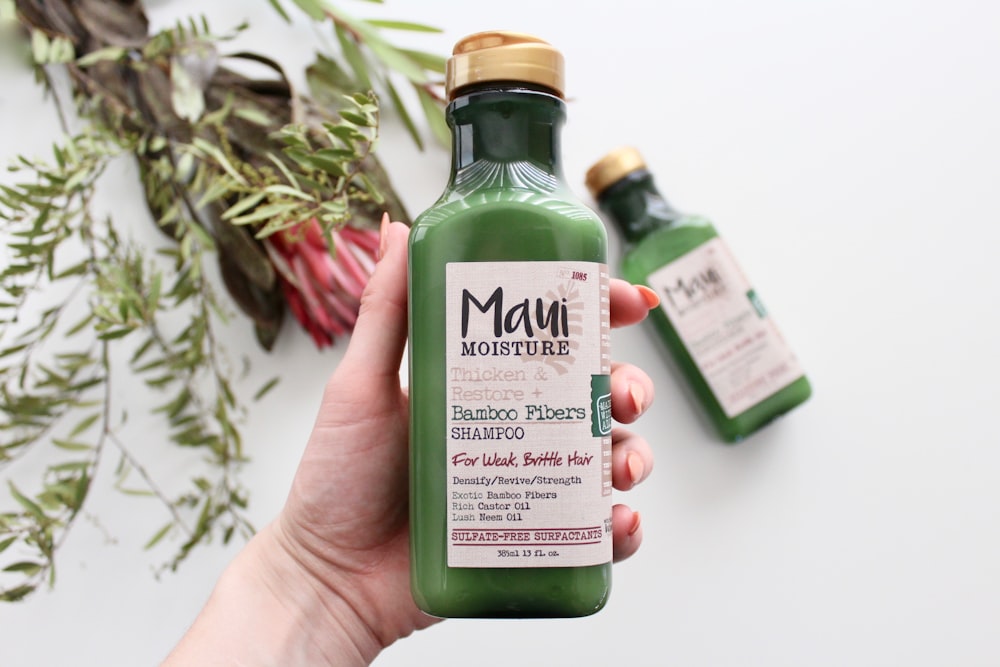Statistics state that about 30,000 products are launched annually, and almost 95% fail. That’s because people overlook the products. When you place hundreds of products on one shelf or put them up in an eCommerce store, the ones with attractive labels are the ones that stand out. Companies invest a lot in label design to stand out and attract their target audience, but what goes into designing one? Let’s find out.
What is a product label?
A product label is what goes on your product to inform the customer what the product is. Brands often have the company name and additional information like:
- What the product is.
- What the product features are, such as scent, flavor, etc.
- Nutritional information if it’s a supplement or food-related.
- A logo for the more prominent brand if the product is part of its line.
- A tagline or short description.
- Graphics, such as the business mascot.
The importance of good label design
Have you heard the phrase, “don’t judge a book by its cover?” when it comes to labeling, throw that advice out the window. That’s because people will look at a product’s label and judge it before even trying it out. The outside matters, and you’ll use that outside, AKA the label design, to draw in your target audience. However, how you present it is just as important.
The Label Design Checklist
Before you commission label design or make it yourself, there are a few things that you need to know for a smoother process.
1. Packaging Dimensions
Designing a label comes after designing the packaging. Before you start finding inspiration for your label, choose a container. Remember to take note of the dimensions and material. This will impact your label design.
2. Types of Labels
Labels aren’t just of one type; they come in multiple variations and depend on the shape of the container. Once you have your packaging dimensions down, it’s time to pick what type of label will go on it.
Front Label
This is the most common type of label design you’ll see. It’s meant to stand out on the shelf through creative visuals. It usually has the product name, logo, decorative images, manufacturing information, and other supporting information. It has minimum writing, and visuals are the focus of such labels, which usually works. According to a survey, 75% of people will consider trying a new food or beverage product if it has a front label.
Back Label
The back label has extra information a brand wants to share about its product, such as certification, barcodes, ingredients, and fine print. The last is especially important for food labels. This also includes the wrap-around labels. The purpose of a back label is to provide straightforward information. You must use front and back labels together to ensure they’re consistent.
Lid Label
Small containers like lip balms don’t have much space around the sides to add a front label. For such packaging, lid labels are more common. They are practically the same as front labels and have more graphic elements than text.
3. Logo & Branding
A logo represents your brand identity and needs to go on the label; if you don’t have a logo, first design the logo. A logo is a simplified symbol to show a business’s identity, while a label is like a sign for a product. Design a label consistent with your brand identity. Professional design service use elements to evoke a branding style through a label.
4. Product Features
As we said before, a label states the product’s features. Beverages will have the labels’ flavors, while cosmetic products will have shade names. This is to differentiate between the products within the same line. You may need to create multiple label variations for different products in the same line because they have different product features. In addition, they also need to have a small description. Products like supplements have an FDA labeling guide which includes directions, warnings, and side effects. Similarly, alcoholic beverages will have the alcohol percentage and volume on the label.
5. Nutritional Facts & Ingredients
You might have seen a back label on food products and beverages with all the nutrition facts about the product and ingredients. That’s because there is an FDA food labeling guide that you need to follow if you want your products to reach store shelves.
6. Certifications
Some product types need certifications before you sell them. Government agencies like the FDA or the USDA dole out these certifications. Label designs should include specific icons if you have cosmetics, food products, etc. This proves that the product is safe to sell.
7. Barcodes
Brands need to purchase a barcode from GS1, which they can do through the website. A barcode has information about the product. However, you can purchase a barcode at the end of the label design process. Just make sure you leave space for it on the label. Barcodes are necessary because they make product tracking and taking recall actions easy.
Image alt text: barcode on a candy box
Image title: heart-shaped-candy
Looking for Design Services in Miami?
Label design can be easy if you have the right team working on it. If you’re looking for professional design services for a unique label, The Netmen Corp. can help. They have experienced graphic designers who listen to your ideas and offer 100% personalized design services.
In addition to label design, they offer NFT illustrations, brochure designs, packaging designs, and more. If you’re looking for graphic designers or label design in Miami, contact them for more information on their services!




